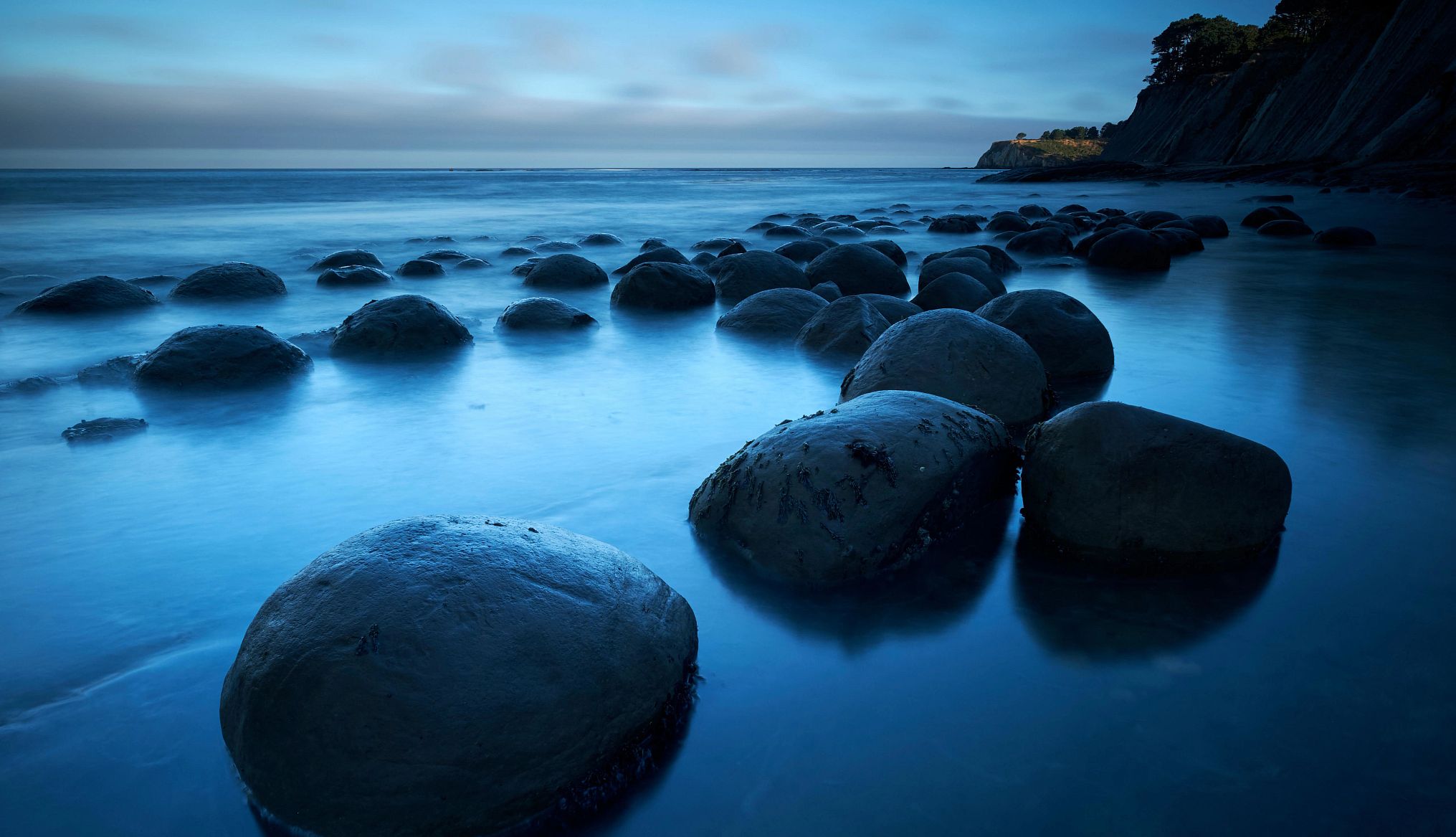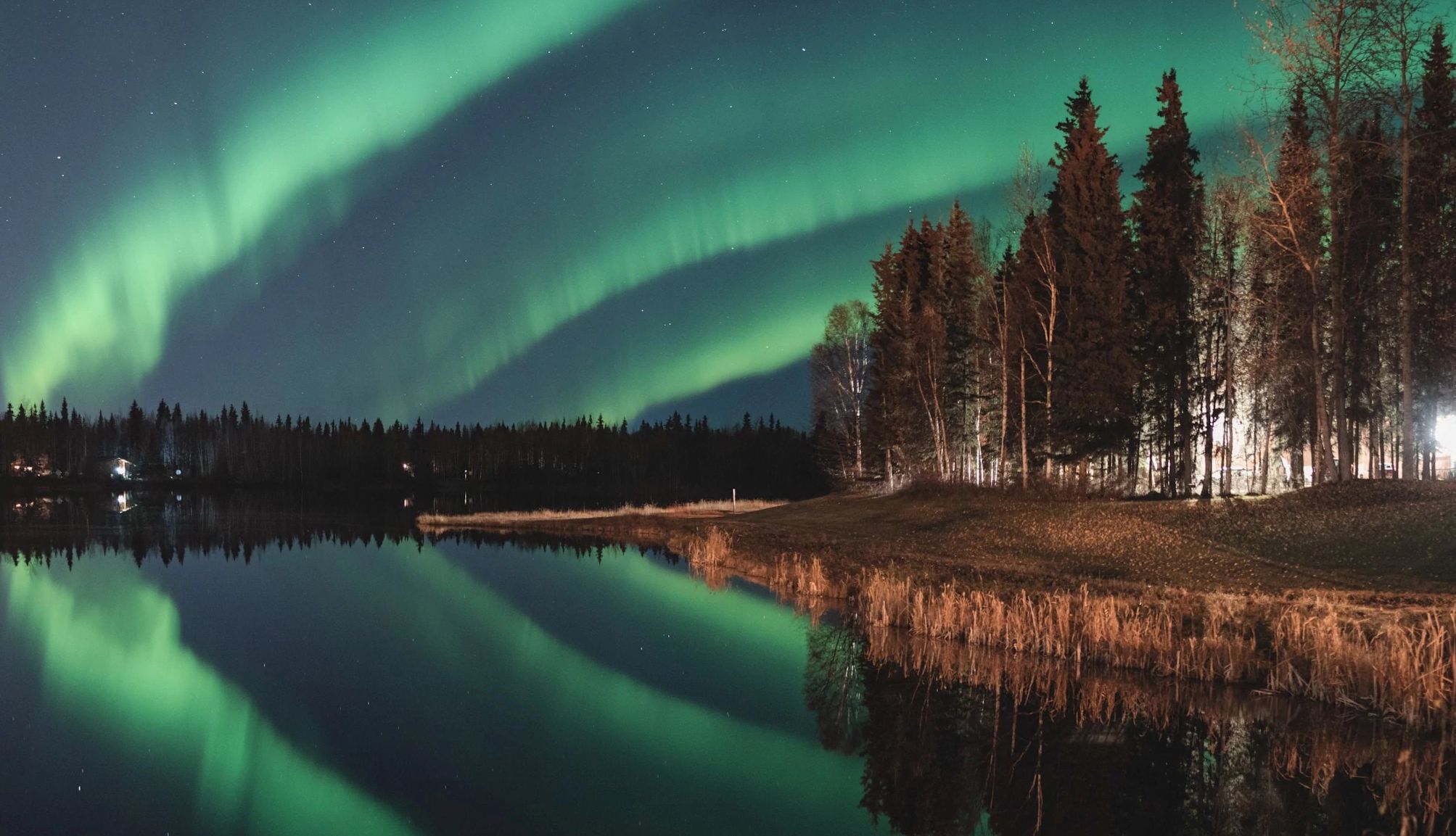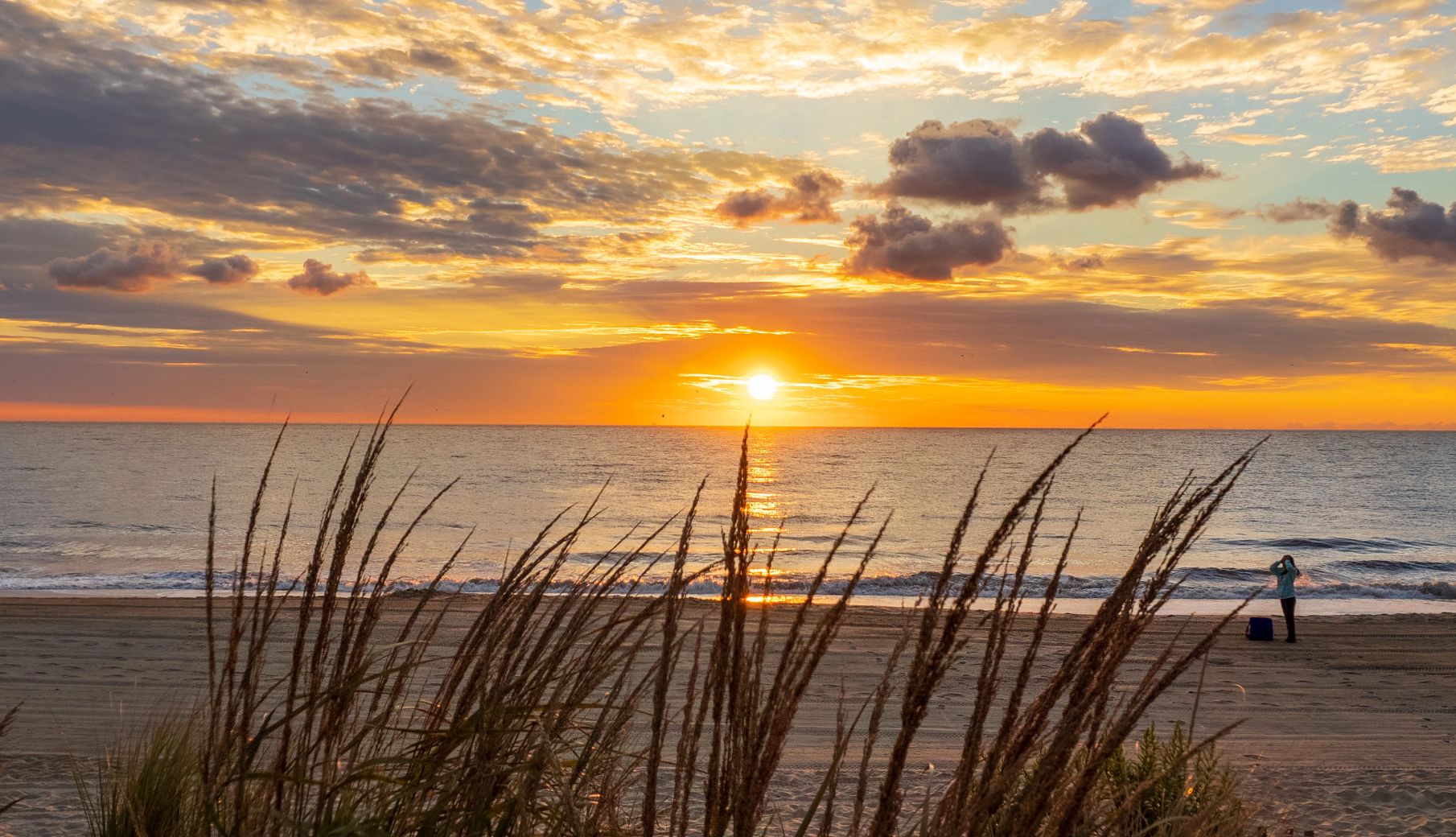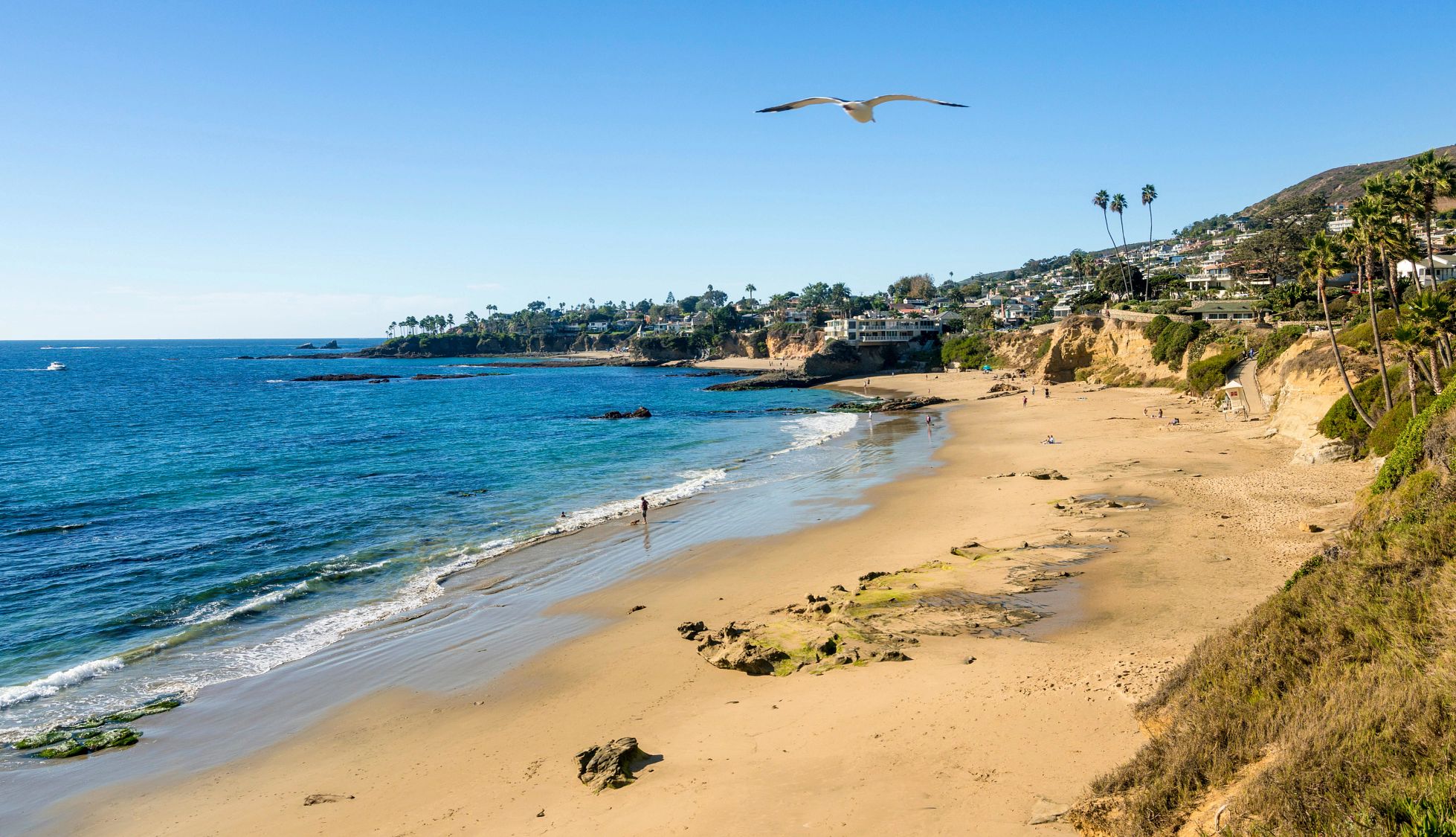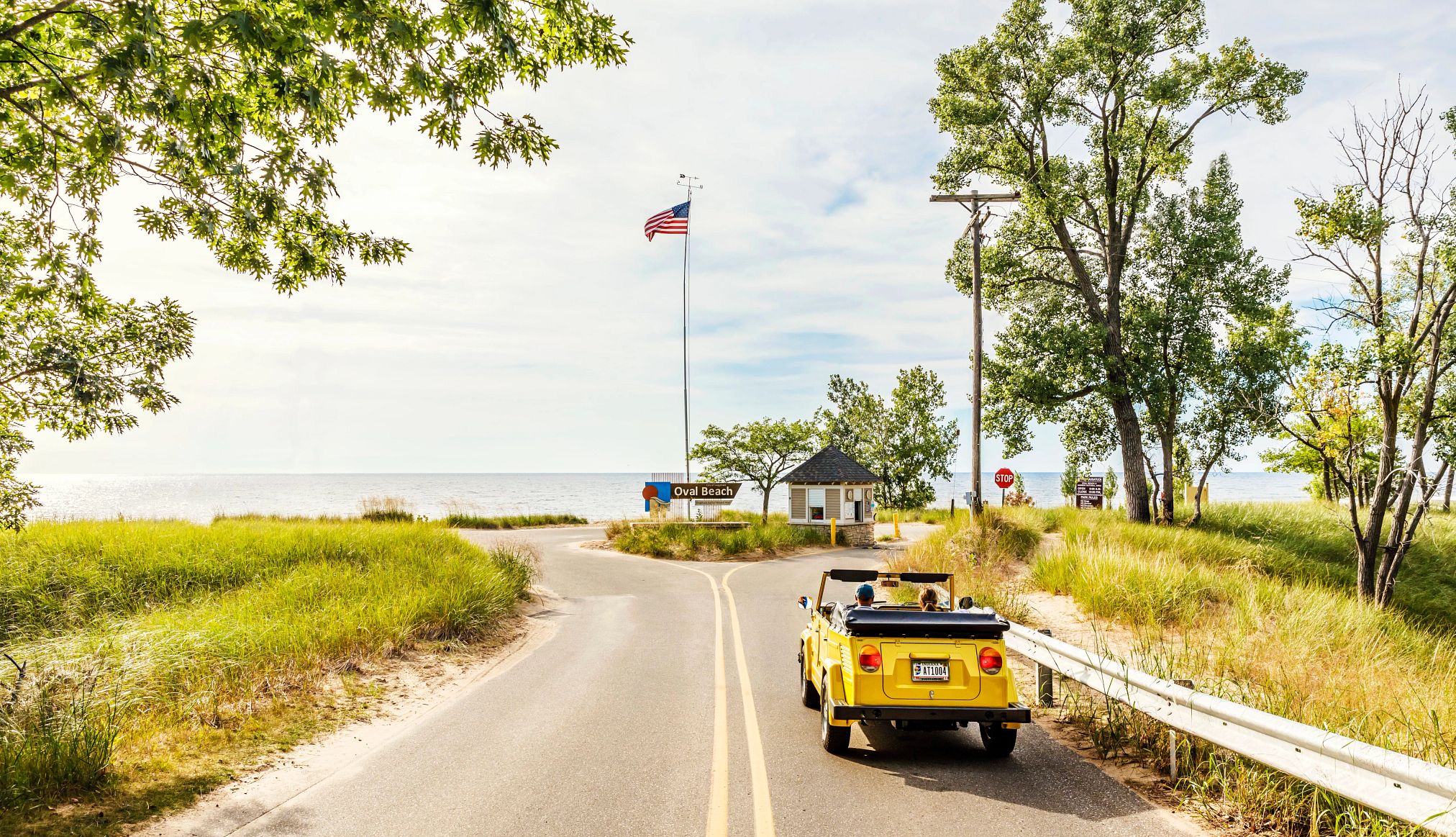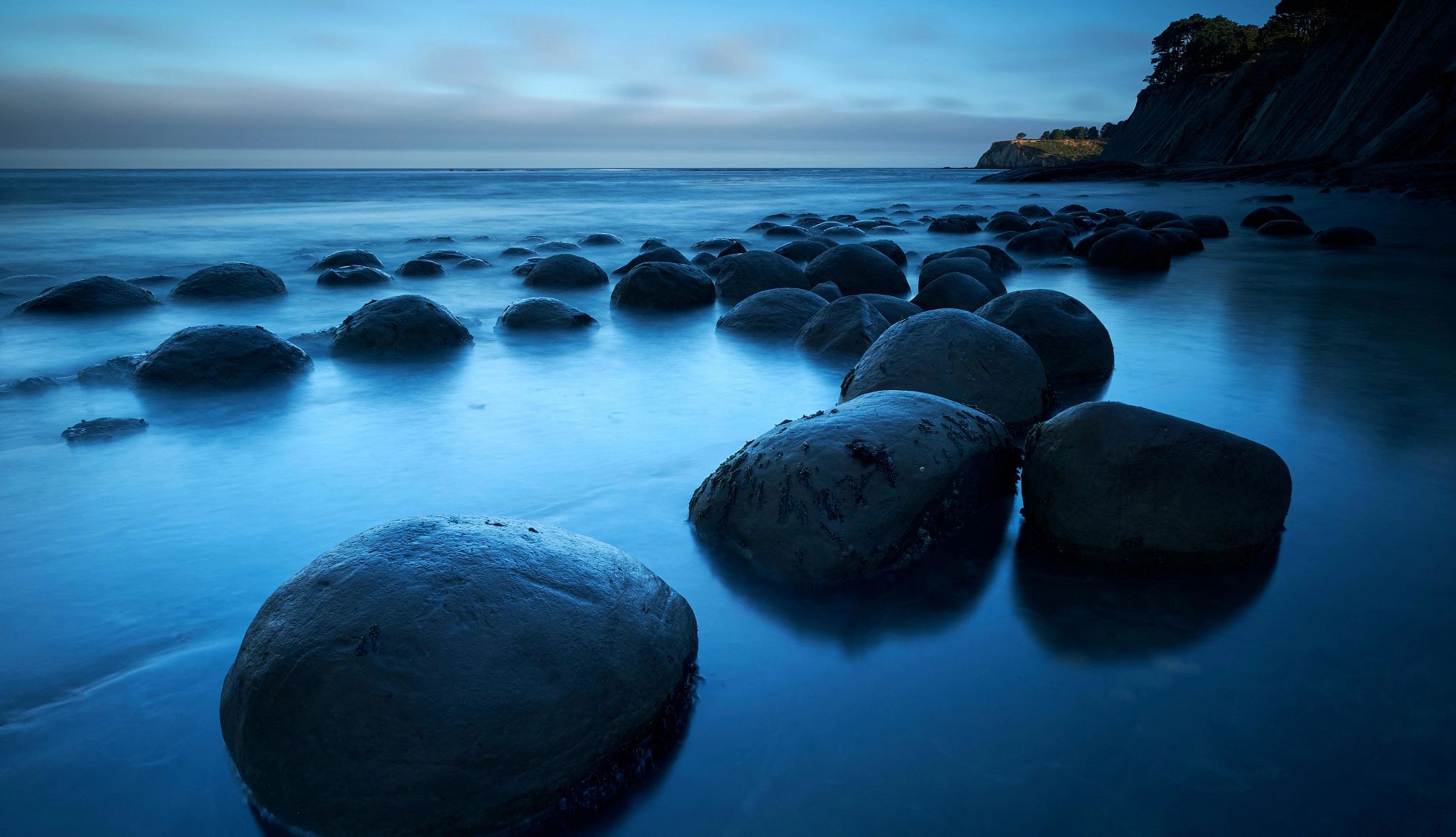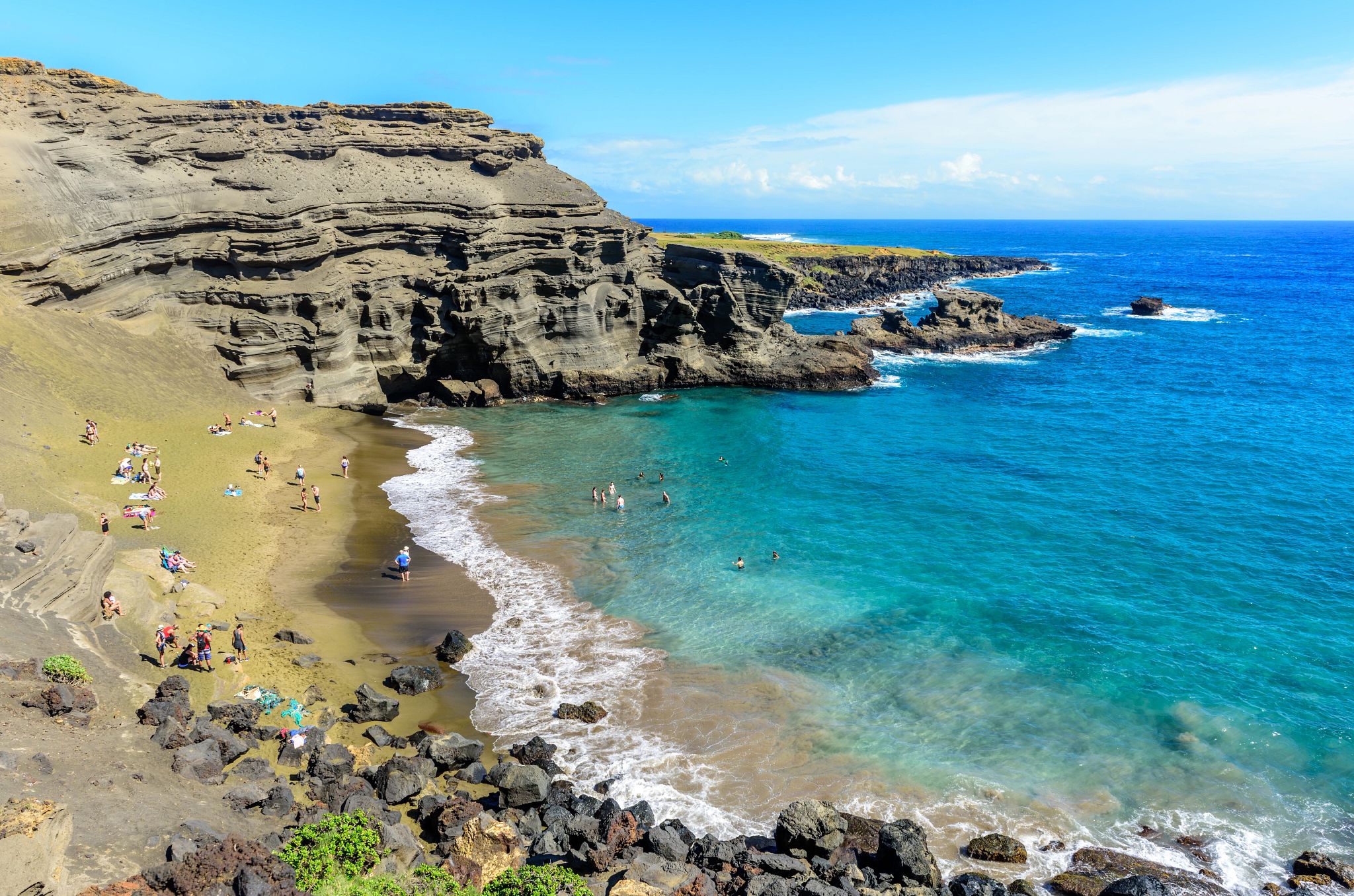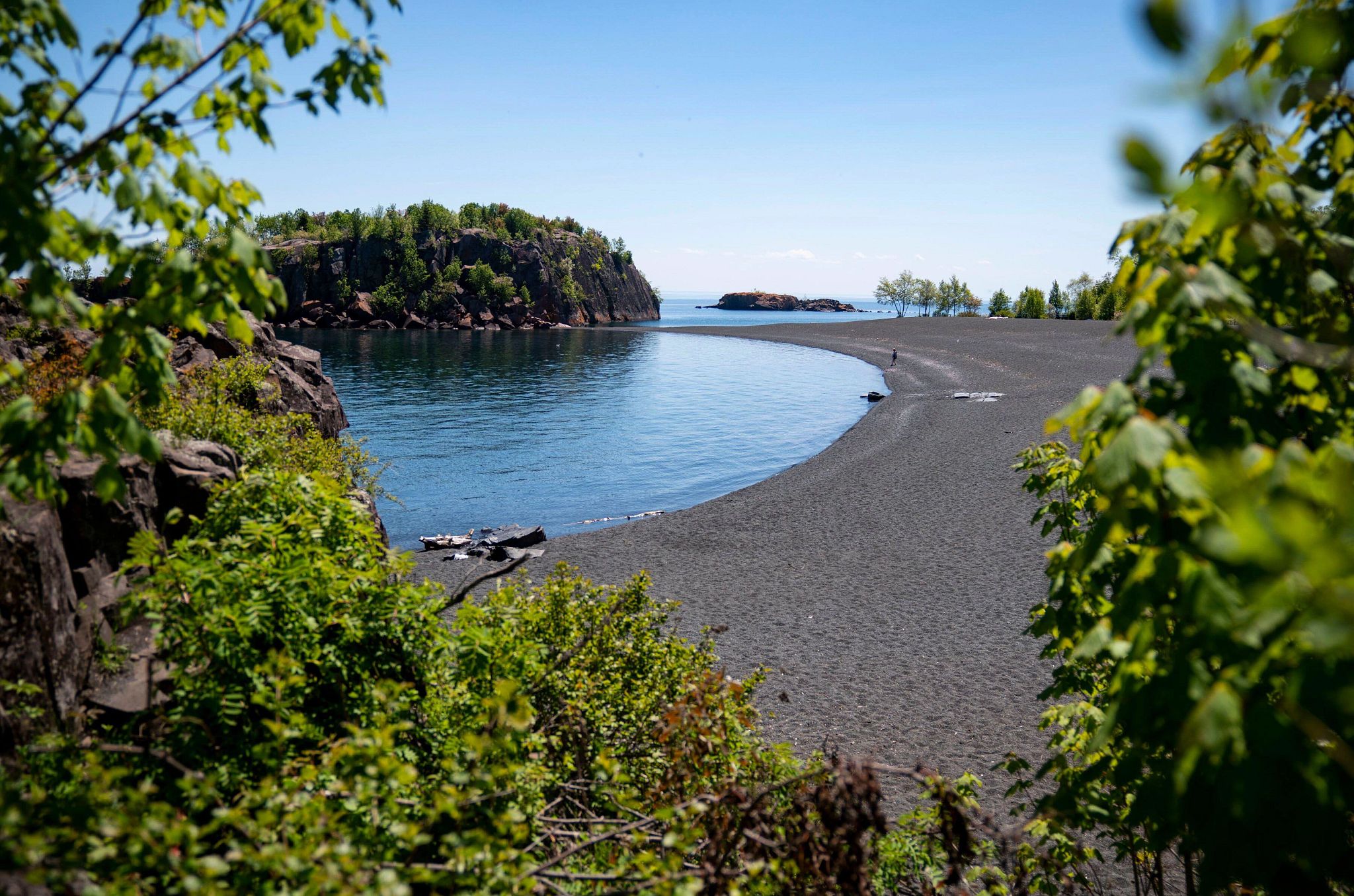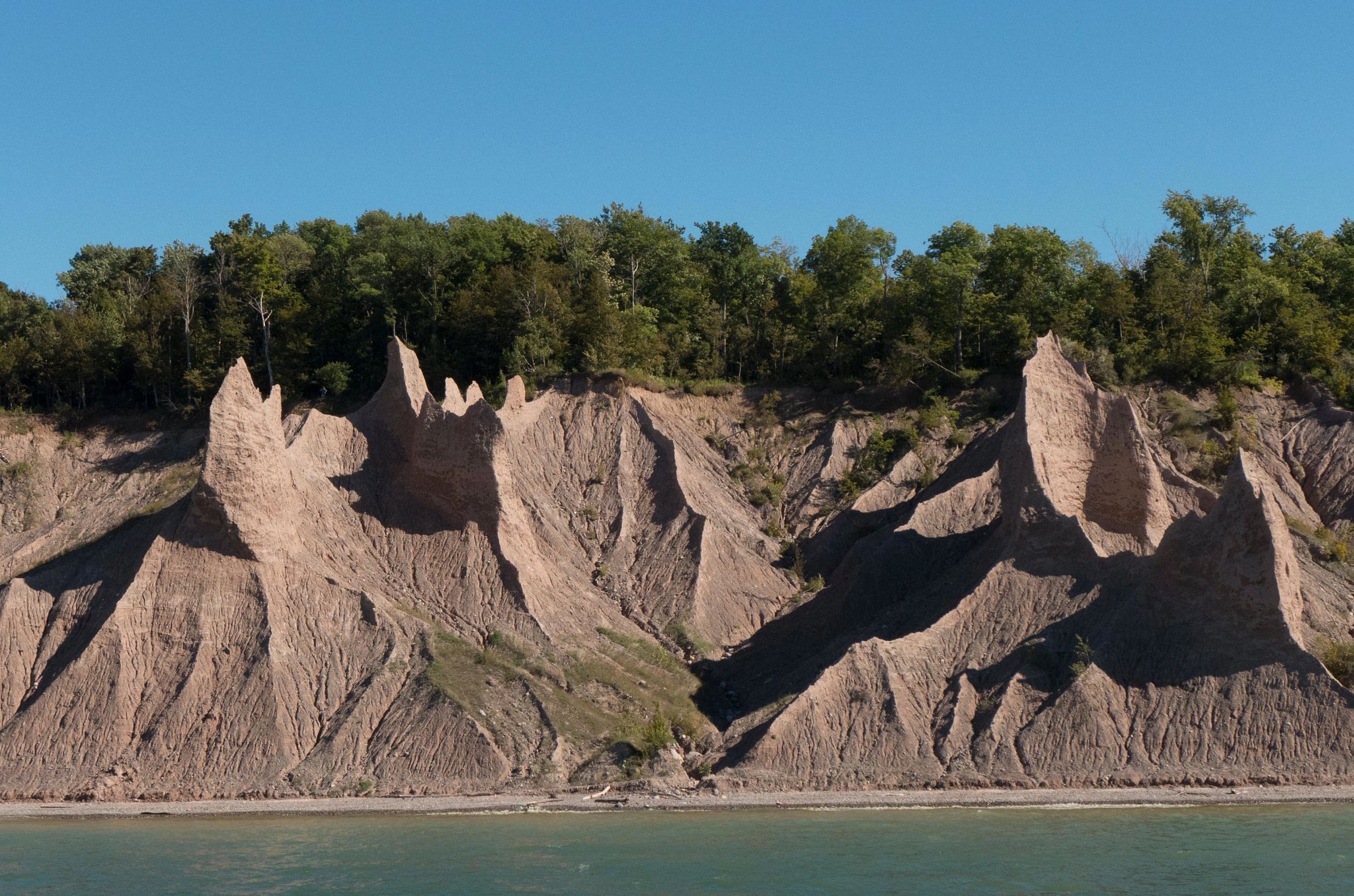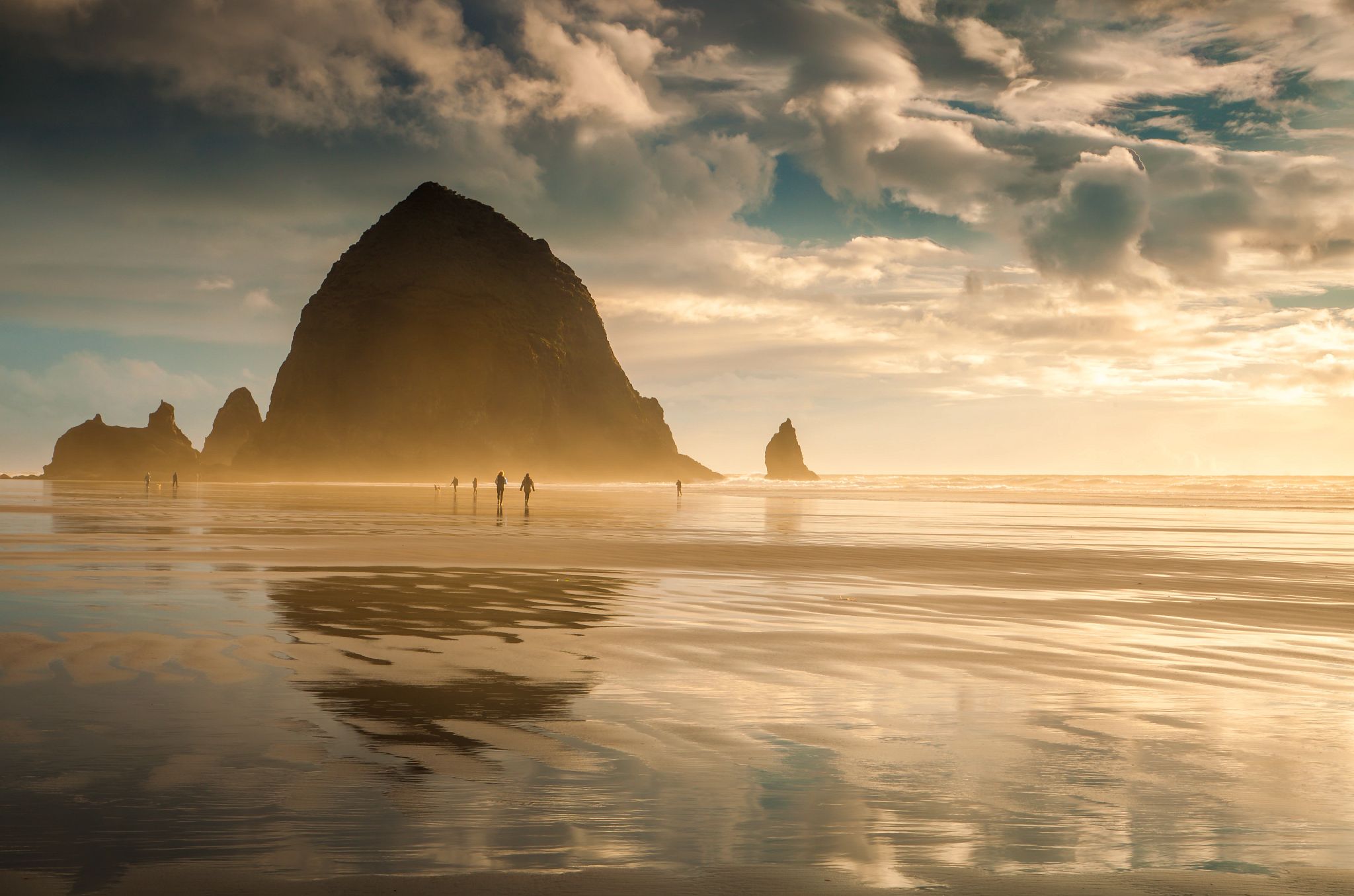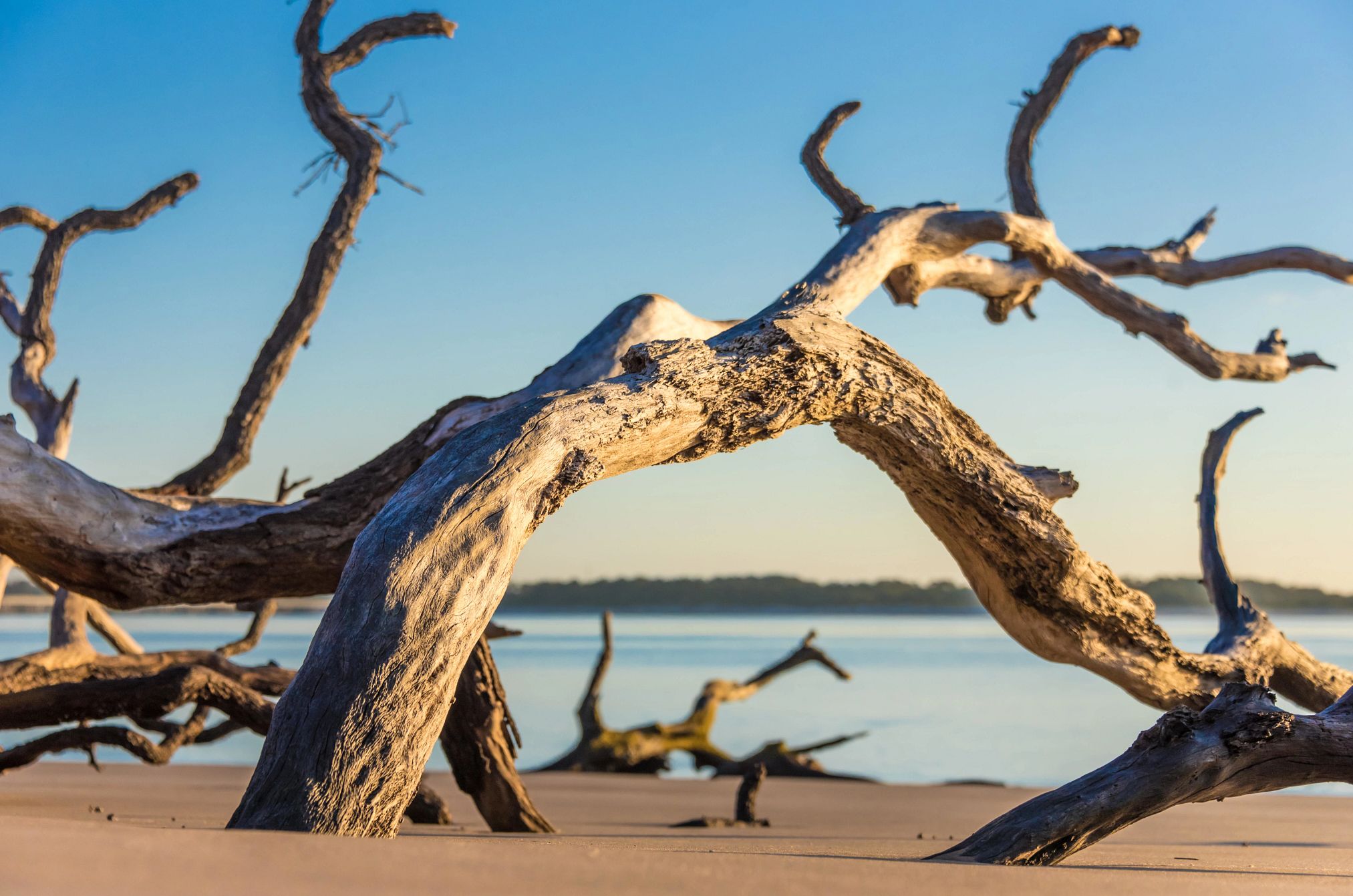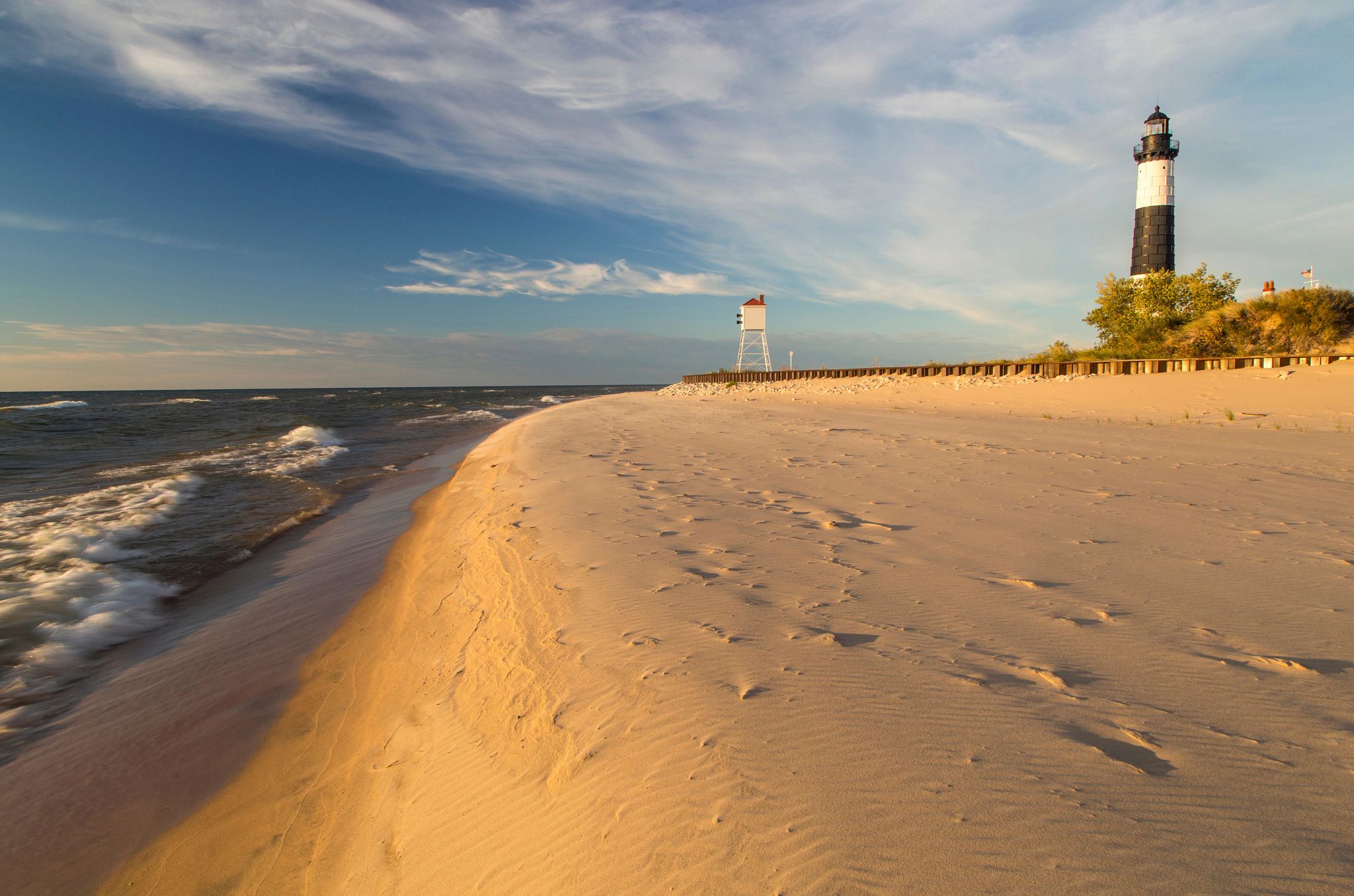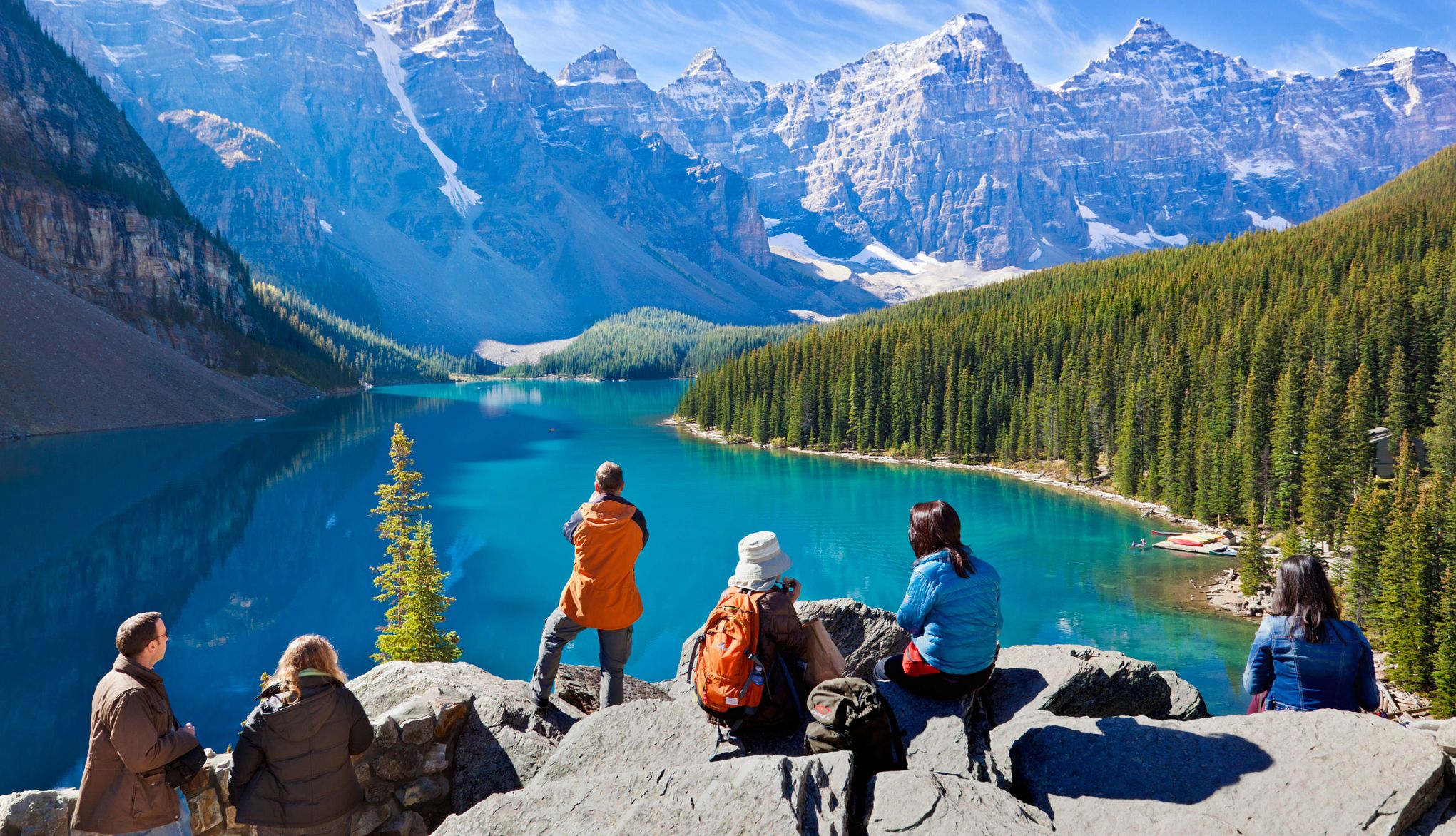AARP Hearing Center
They’ve got the typical qualities we appreciate in beaches — tide pools, sunset hikes and a sandy spot to soak in the sunshine. These beach destinations are also the staple of a summer vacation, which is among the top three reasons people 50 and older plan to travel domestically, AARP’s 2025 Travel Trends survey found.
But Mother Nature upped the ante on these select few, using wind and water to create shoreline treasures that double as interactive art. May her work inspire a few tweaks to your summer bucket list.
Papakōlea Beach (a.k.a. Green Sand Beach), Hawai‘i Island, Hawai‘i
This unique beach is tucked against the volcano that produced it. Pu‘u Mahana’s eruption 49,000 years ago created crystallized magma called olivine, heavy enough to stay put when washed ashore. The mineral lends a green hue to just four beaches in the world, in Norway, Guam, the Galapagos Islands and Hawai‘i.
“We were there on a nice, sunny, beautiful day. And yeah, it’s green,” says Sarah Hawkins Miduski, founder of Obligatory Traveler, a travel site. “It’s almost like there’s gold in the beach. It’s sparkly everywhere, the way the sun hits it.”
The beach is off the beaten path, along the southern tip of Hawai‘i Island, and requires an approximately 2.75-mile, rocky, unshaded hike from the parking lot, though locals run informal, unsanctioned shuttles. The hike to the beach is steep and challenging but short, including rickety stairs and a path carved into rock. Miduski says sturdy shoes are a must.

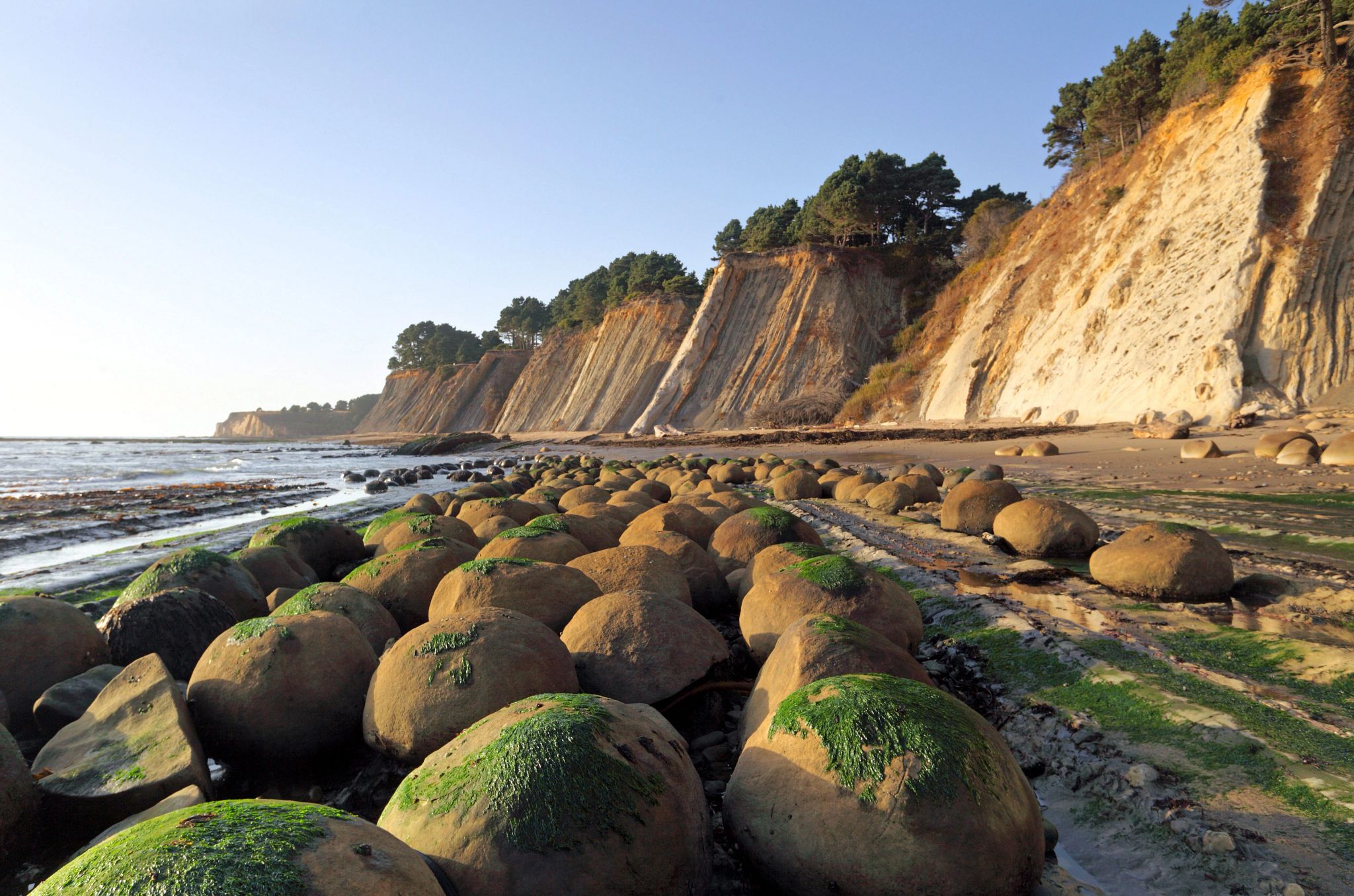
Schooner Gulch State Beach (a.k.a. Bowling Ball Beach), Mendocino County, California
Scores of massive, otherworldly spheres are lined up, row after row, as if placed there on purpose along Northern California’s Pacific coastline.
Technically, they are concretions formed when sand cemented around a shell, fossil or other organic object millions of years ago. But they’re known colloquially as the bowling balls.
Getting a great view of them is all about timing. “They’re only visible if the tide is two feet or lower. If it’s more than two feet, you’re not going to see them. Check the tide tables,” says Mark Hancock, 68, who passes the beach on his way to work and comes for a visit at least monthly. He says the beach is a favorite among his grandkids, who comb the alleys — as locals refer to the space between the lines of rounded rock — for sea glass and shimmery abalone shell.
The formations’ appearance changes with the tides, weather and seasons, their brownish-gray sandstone sometimes covered in seaweed or dark green moss. “They’re beautiful,” Hancock says. “It’s just an amazing geological phenomenon.”































































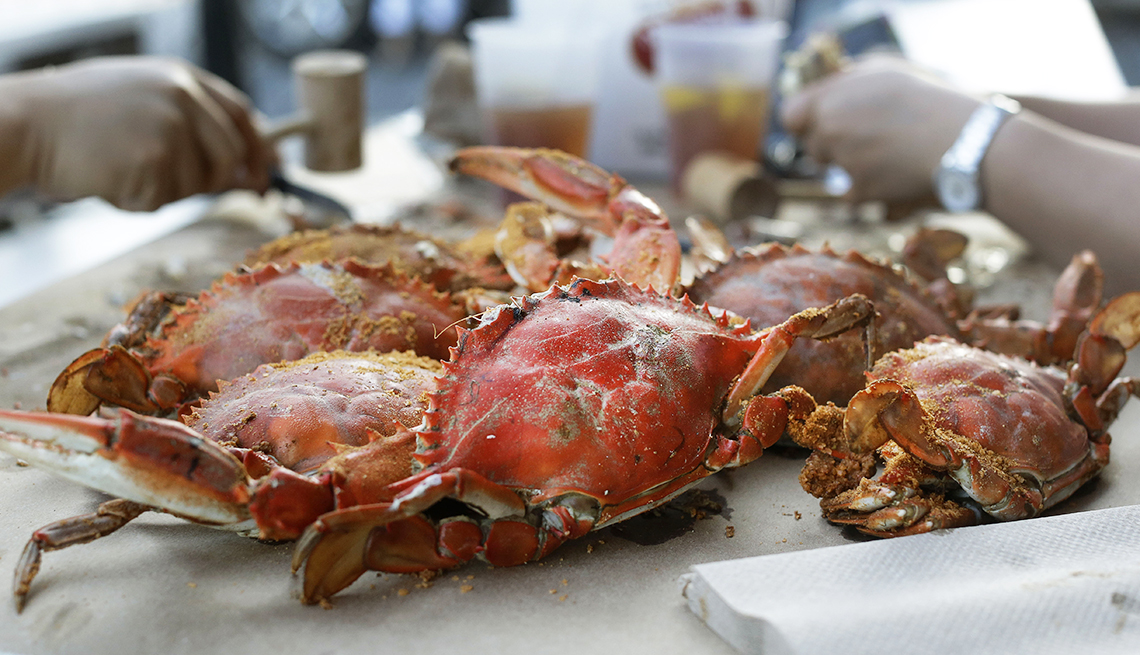

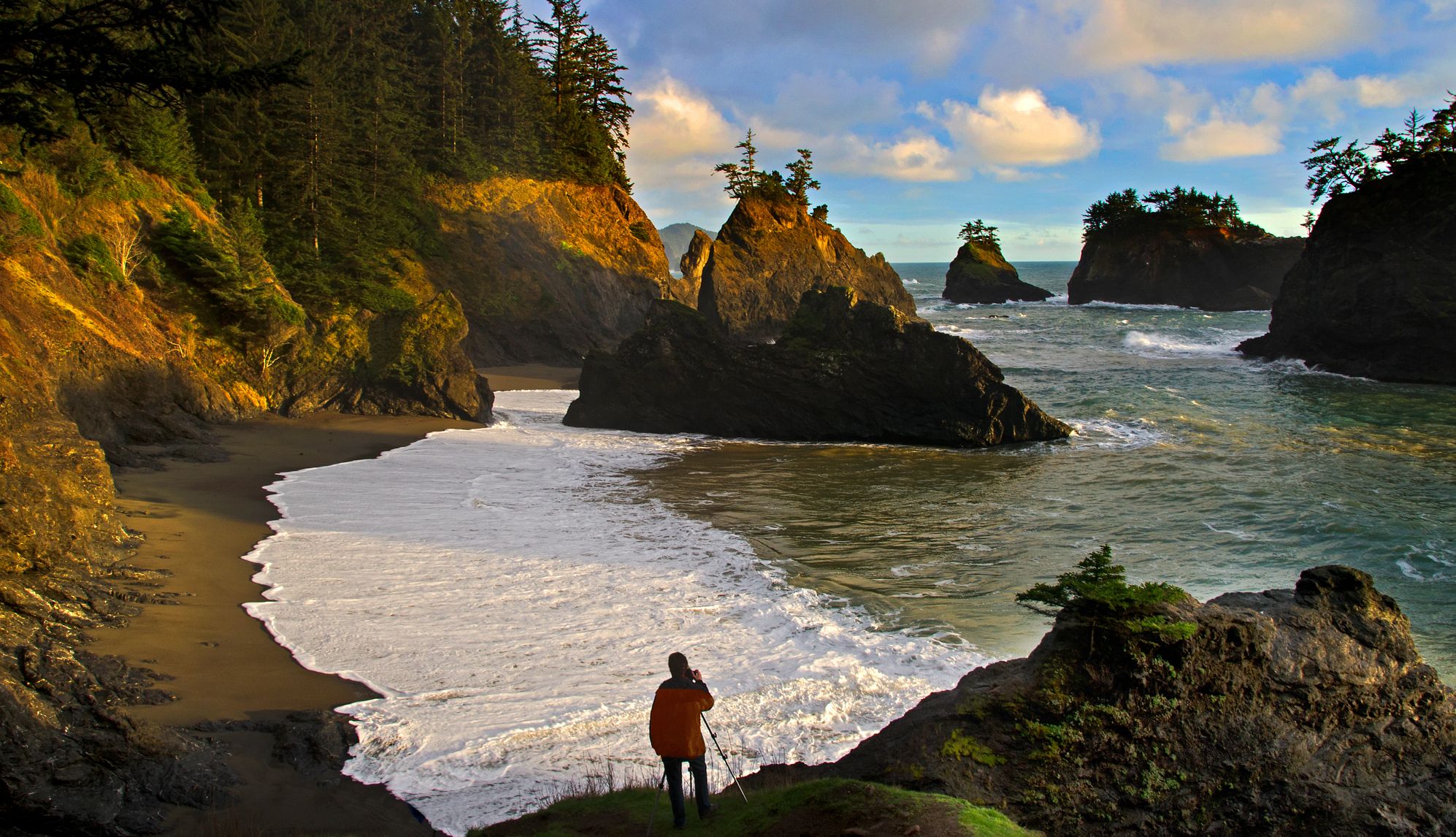
.jpg?crop=true&anchor=10,180&q=80&color=ffffffff&u=2xkwh0&w=2021&h=1161)
